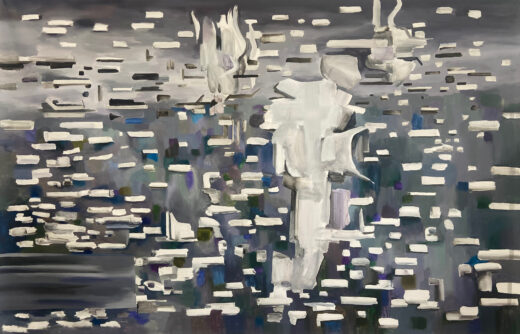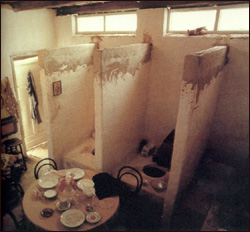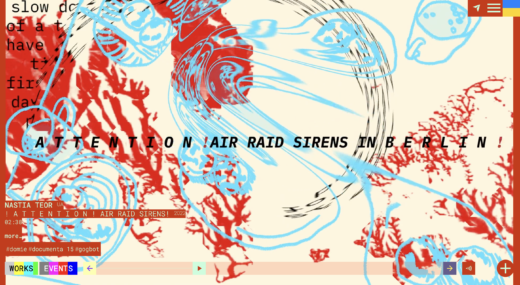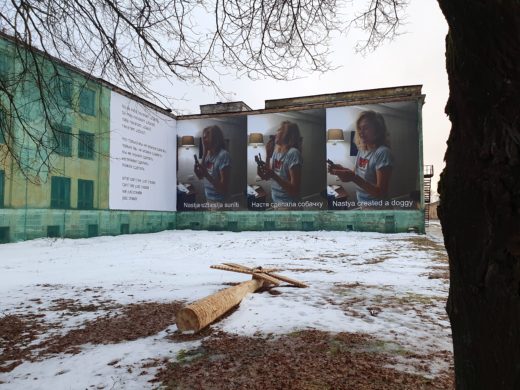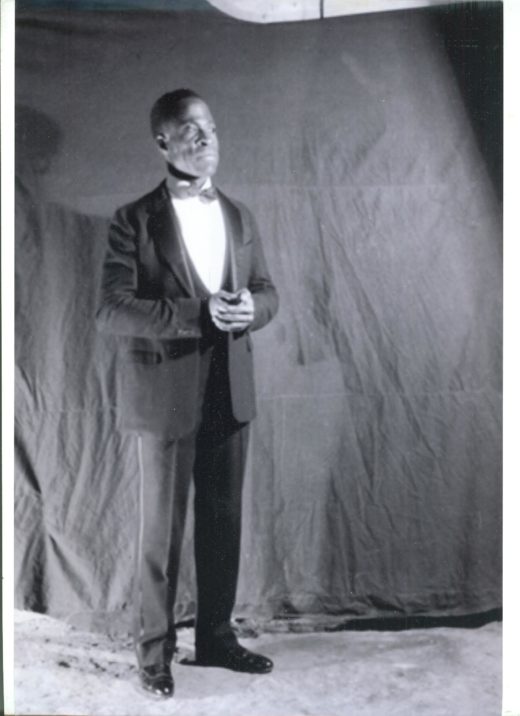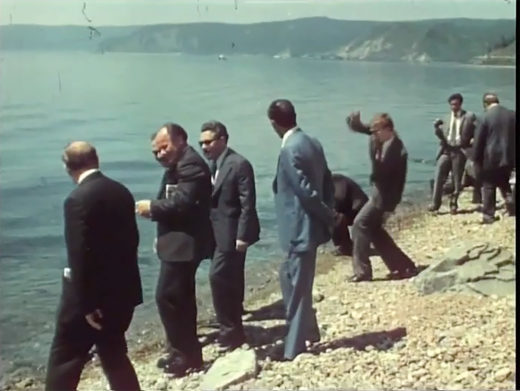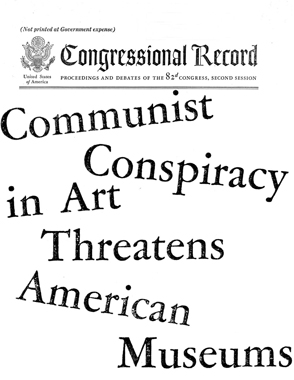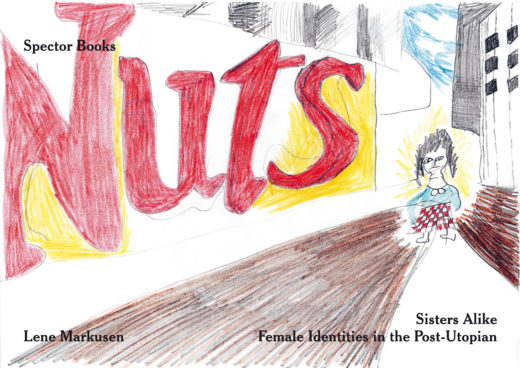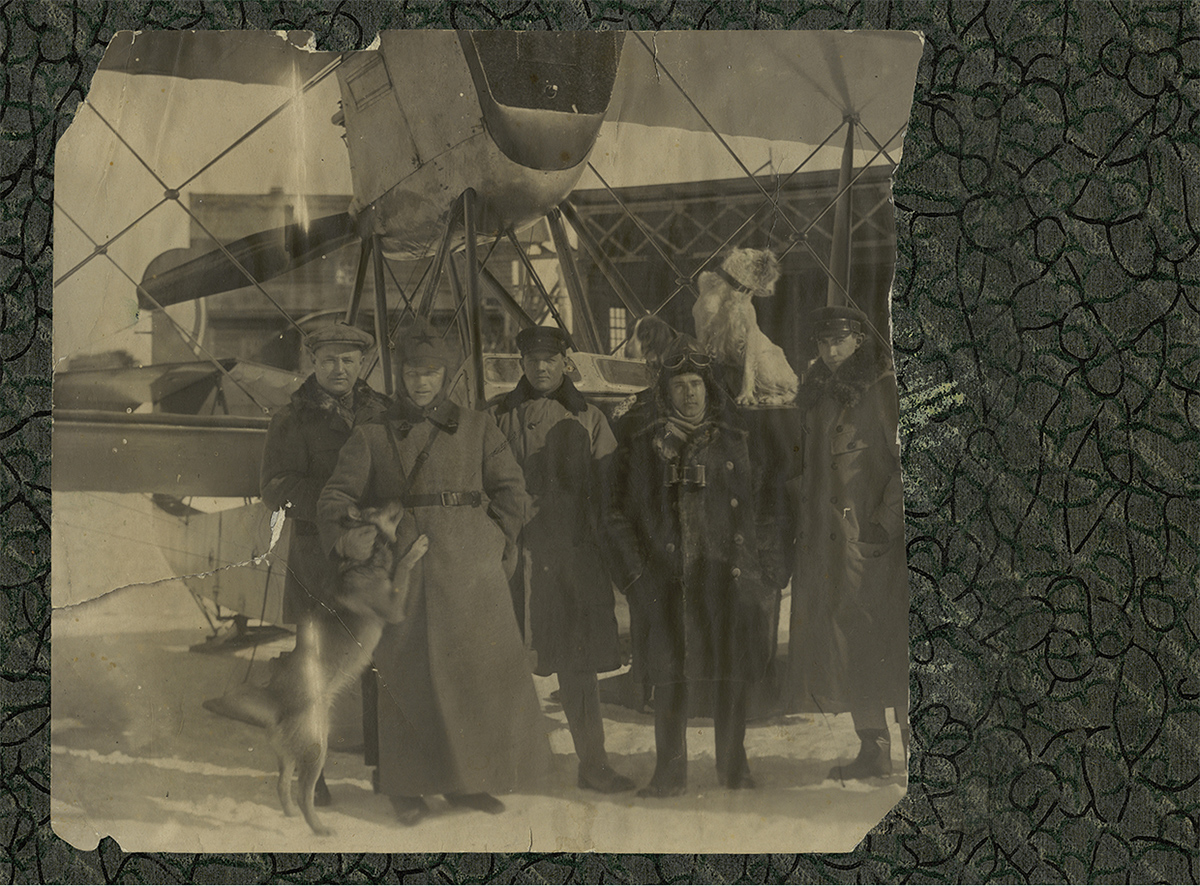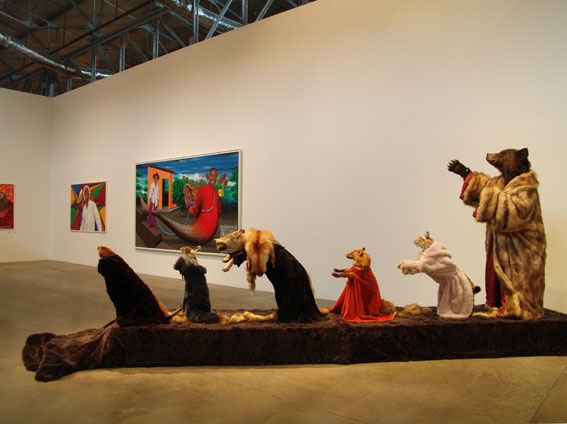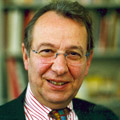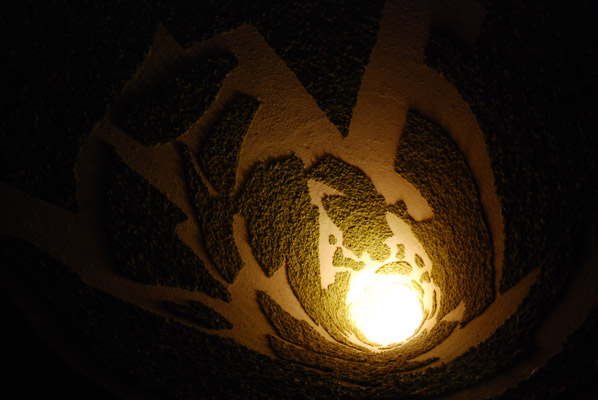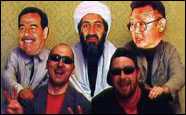Snapshot Dialogue: Svitlana Biedarieva (Mexico City) and Lesia Khomenko (Kyiv)
As part of its 25th Anniversary Celebration, ARTMargins Online hosts a series of short dialogues between critics and curators from Eastern Europe and one or several artists. With these “snapshot” conversations, we want to shed light on the challenging political and economic conditions under which artists and other producers of culture in the region operate today, yet we also aim to highlight the amazing vibrancy, resilience, and resourcefulness of its art scenes.
In this conversation, Ukrainian critic and art historian Svitlana Biedarieva and artist Lesia Khomenko address the development of Ukrainian art after the onset of Russia’s full-scale invasion of

